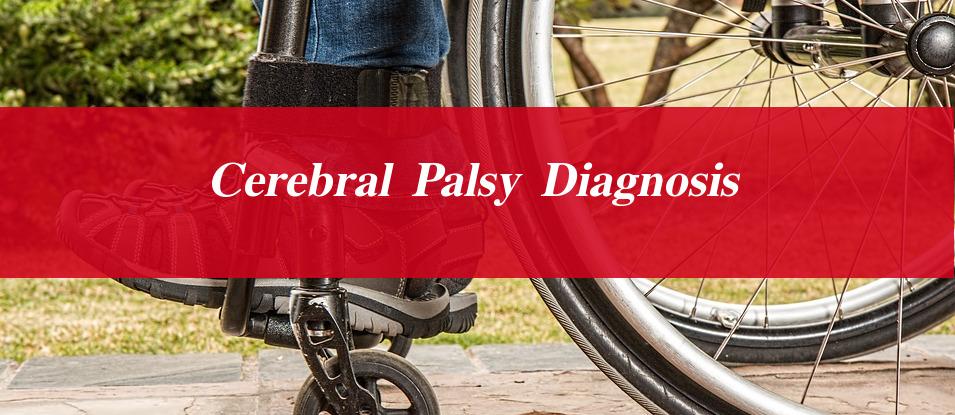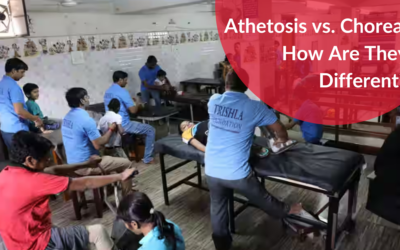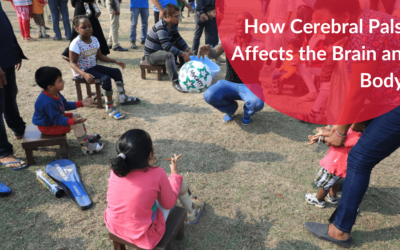Cerebral Palsy Diagnosis
Cerebral palsy is a group of neuro-motor disorders, which comprise difficulty in sitting, crawling, standing & walking along with other associated problems in speech, hearing, vision, recurrent chest infection, epilepsy, etc.
Cerebral palsy occurs because of some insult to an immature brain of a fetus in-utero, during delivery, and infant up to 2 years of life. Most of the time etiology of brain insult is unknown.
Cerebral palsy can be predicted at the time of birth with a history of high risk like very premature birth, very low birth weight & history of some insult to the brain like the history of hypoxia, delayed crying, severe jaundice, intrauterine infection.
A definite cerebral palsy diagnosis can be made at 3-6 months of age with a history of abnormal social response, delayed developmental milestones like the inability to take side turns & absent neck holding, abnormal/fluctuating tone of muscle like hypotonia/hypertonia, sucking problem, epilepsy, etc.
As the child matures other problems including achieving milestones for a particular age like the inability to sit, crawl, and walk, problems in speech, vision, and hearing, and the persistence of infantile reflexes along with other medical problems can support the cerebral palsy diagnosis. MRI, a CT scan of the head is required only to look for any pathology in the brain and in doubtful cases.
Genetic analysis is required if suspected of some genetic cause. Metabolic assessment by blood investigation is required for evaluation of the metabolic cause of brain insult.
Usually, neck holding is matured at the age of 3 months, sitting at 6 months, standing at 1 year, and walking capability at 13-14 months.
If there is a gross delay in getting this milestone along with a history of some insult to the brain & high-risk history then the cerebral palsy diagnosis is confirmed. It is very important to differentiate non-progressive cerebral palsy from a progressive neurodegenerative disorder.
In neurodegenerative disorders, the child will lose acquired milestones with the passage of time and disability will increase. In muscular dystrophy, the child will also deteriorate with aging. Muscular atrophy & fatty replacement of muscles will be marked in this problem.
Click to know more about:
- Cerebral Palsy Definition
- Cerebral Palsy Types
- Cerebral Palsy Surgery
- Cerebral Palsy Causes
- Cerebral Palsy Success Stories
Feel Free to make your query related to cerebral palsy, limb deformity, or orthopedic, and physical disability problems.







